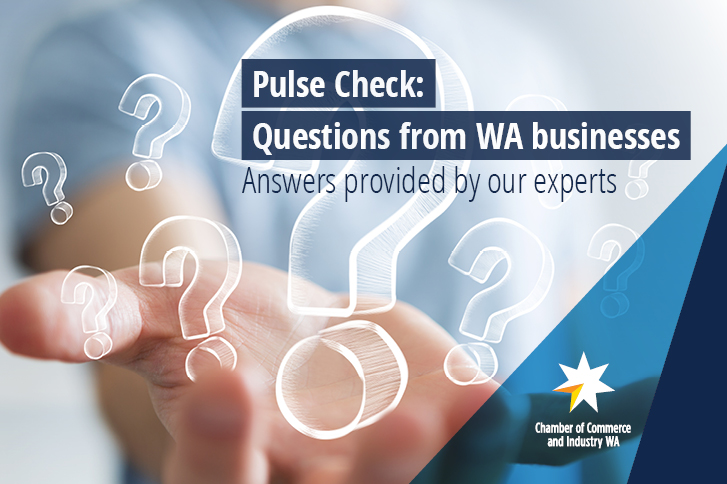The small business fair dismissal code contains special arrangements for small businesses with fewer than 15 employees.
If a small business employer follows the Code and fills out the accompanying checklist, it is likely any termination will be deemed ‘fair’.
What is the Code?
The Code came into operation on July 1, 2009 and provides a comprehensive guide for small business employers who are considering or are in the process of terminating staff. The Code and accompanying Checklist were specifically created to assist small business employers with terminating staff in accordance with the termination laws under the Fair Work Act 2009 (the Act).
While small business employers are not required to fill out the Checklist, it is best practice to follow the Code and fill out the Checklist at the time an employee is dismissed. Small business employers should keep the completed Checklist with the employee’s records as it may assist in defending any future claims (e.g. unfair dismissal).
The Small Business Fair Dismissal Code can be located on the Fair Work Commission’s website.
It is advisable to contact CCIWA’s Employee Relations Advice Centre on (08) 9365 7660 for assistance on completing the Code.
From July 1, 2009, the following employees of national system employers do not have the protection of unfair dismissal laws under the Act:
- An employee of a small business employer who is serving in the first 12 months of employment.
- An employee of an employer who is not a small business and serving in the first 6 months of employment.
- An employee earning more than $145,400 per annum and is not covered by an award or enterprise agreement. This amount includes wages, agreed money value of non-monetary benefits and non statutory superannuation. This amount must also be a pre-guaranteed amount.
- An employee who has been dismissed due to genuine redundancy.
- An employee employed under a contract of employment for a specified period of time, for a specific task, or for the duration of a specified season, and the employment terminated at the end of the period or the completion of the task.
- An employee employed under a training arrangement and the contract was limited to that training arrangement, and the employment was terminated at the end of the training arrangement.
- A casual employee who is not engaged on a regular and systematic basis.
What constitutes “a small business employer” for the purpose of determining whether the Code will apply?
A “small business employer” is an employer who at the time of dismissing an employee employs fewer than 15 employees.
In determining whether a business is a small business employer at a particular time in relation to the dismissal of an employee, the employees that are to be counted include:
- The employee who is being dismissed or whose employment is being terminated; and
- Any other employee of the employer who is also being dismissed or whose employment is also being terminated.
- A casual employee is not to be counted unless, at that time, he or she has been employed on a regular and systematic basis.
- For the purpose of calculating the number of employees employed by the employer at the time dismissal, associated entities are included in the head count.
Further information on the process of terminating an employee is available from CCI’s Employee Relations Advice Centre. The Advice Centre can be contacted on (08) 9365 7660 or via email on [email protected].






